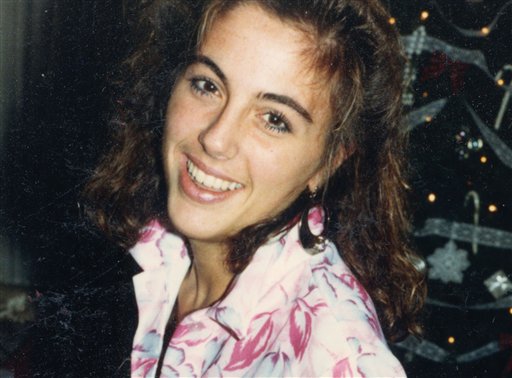Terri Schindler Schiavo today would have turned 50 years old had Florida Circuit Court Judge George Greer in 2005 not ordered her feeding tube removed, a ruling that — combined with numerous other factors — effectively ended the longstanding bipartisan battle to save Terri’s life.
Videos By Rare
But Terri might still be alive today if Facebook and Twitter had blossomed sooner, and had the world been allowed a glimpse of the real Terri rather than the caricatures drawn in the news and on television of one on “life support,” an ambiguous term exploited by some and simply misunderstood by others.
Among the television dramas that undoubtedly added to the confusion surrounding the controversy is a March 23, 2005 episode of “American Dreams” titled “No Satisfaction,” which features a young man injured in a car crash who is later taken off his respirator in a decision billed as gut-wrenching but necessary.
The truth, that Terri was responsive to those around her prior to her death and not on a respirator, rarely saw the light of day, thanks in large part to the restrictions Terri’s husband, Michael Schiavo, implemented to limit the number of people allowed to visit his then-wife, according to David Gibbs, former lead attorney for Terri’s parents, who fought to save their daughter’s life.
“As an eyewitness, I can attest that there was a tremendous volume of misinformation circulated by some in the media about Terri. While many in the media genuinely understood and sympathized with Terri’s fight for life, in general, the American public was — and continues to be — misled as to the true nature of Terri’s medical condition prior to her death,” said Mr. Gibbs and Bob DeBoss in an article, titled “Terri Schiavo: The Real Story,” written for the Christian Broadcasting Network.
“I particularly fault many in the mainstream press for their lack of due diligence. Rather than digging deep to authenticate her status — rather than pushing to see Terri for themselves — most chose to rehash secondhand, unverified information.”
The power of one man, the media and Terri’s alleged end-of-life wishes prior to her mysterious collapse in 1990 prevailed over an ill-informed, lackaisical media and legislative and executive powers, including then-Governor Jeb Bush (R-Fla.), then-President George W. Bush and a bipartisan effort led by then-Sen. Rick Santorum (R-Pa.) and, according to an article in the Boston Globe titled “Rights groups for disabled join in fight,” supported by co-author of the Americans with Disabilities Act Sen. Tom Harkin (D-Iowa).
But alas, Facebook hadn’t yet garnered its first 100 million users; that milestone came more than three years after Terri’s death — an achievement that pales in comparison to its now 1.11 billion active users, a number released by Facebook in its first-quarter report for 2013. Facebook then was hardly something high-school students used and was still catching on with college students. Social media in general was a fledgling in 2005. Twitter wasn’t even launched until a year after Terri’s death.
Judge Greer and Mr. Schiavo’s timing was perfect in terms of social media because, had Judge Greer’s order been handed down a few years after Terri’s death, Facebook and Twitter would have been whirring with the sound of Terri’s decipherable words and news of her actual condition rather than the so-called expert opinion of a questionable practitioner.
Had the world met Terri eight years ago, she might still have been around to celebrate her 50th birthday. “I am convinced Terri’s life never would have been snuffed out if what I saw with my own eyes had been reported by more of those in the press,” Mr. Gibbs said. “[T]hey should have gone deeper, pushed harder.”
Terri might today be blowing out her candles as her mother kisses her cheek while asking Terri to repeat after her “I love you.”

